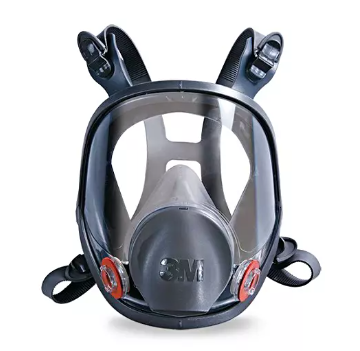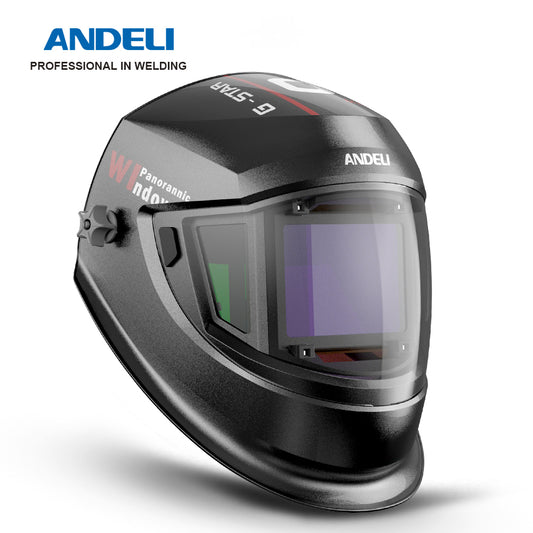Air brake systems are an essential component of any commercial vehicle, and it is important to understand the differences between DOT and non-DOT air brake fittings. Both types of fittings are designed to connect the various components of an air brake system, such as the air compressor, air tanks, brake valves, and brake chambers. However, there are some key differences that set these two types of fittings apart.
DOT Air Brake Fittings: DOT air brake fittings are designed to meet the standards set forth by the U.S. Department of Transportation (DOT). These fittings are made from high-quality materials and are subjected to rigorous testing to ensure that they meet strict safety requirements. DOT fittings are marked with a DOT symbol, which indicates that they have been certified to meet the DOT's standards.
One of the most significant differences between DOT and non-DOT air brake fittings is the pressure rating. DOT fittings are rated for a maximum pressure of 150 psi, which is the maximum pressure allowed by the DOT for use in commercial vehicles. This pressure rating is printed on the fitting itself, and it is important to use fittings that are rated for the correct pressure in order to maintain the safety of the air brake system.
Non-DOT Air Brake Fittings: Non-DOT air brake fittings are not subject to the same level of regulation as DOT fittings. These fittings are typically used in industrial applications and are not intended for use in commercial vehicles. Non-DOT fittings are often made from lower-quality materials and may not be tested to the same standards as DOT fittings.
Non-DOT fittings are not rated for a specific pressure, so it is important to use them in accordance with the manufacturer's instructions. It is also important to note that using non-DOT fittings in a commercial vehicle may be illegal and could result in fines or other penalties.
In conclusion, the main differences between DOT and non-DOT air brake fittings are the pressure rating and the level of regulation. DOT fittings are designed to meet strict safety requirements and are rated for a maximum pressure of 150 psi, while non-DOT fittings are not subject to the same level of regulation and may not be rated for a specific pressure. It is important to use the correct type of fitting for your application in order to maintain the safety of your air brake system.
 (508) 492-8975
(508) 492-8975








